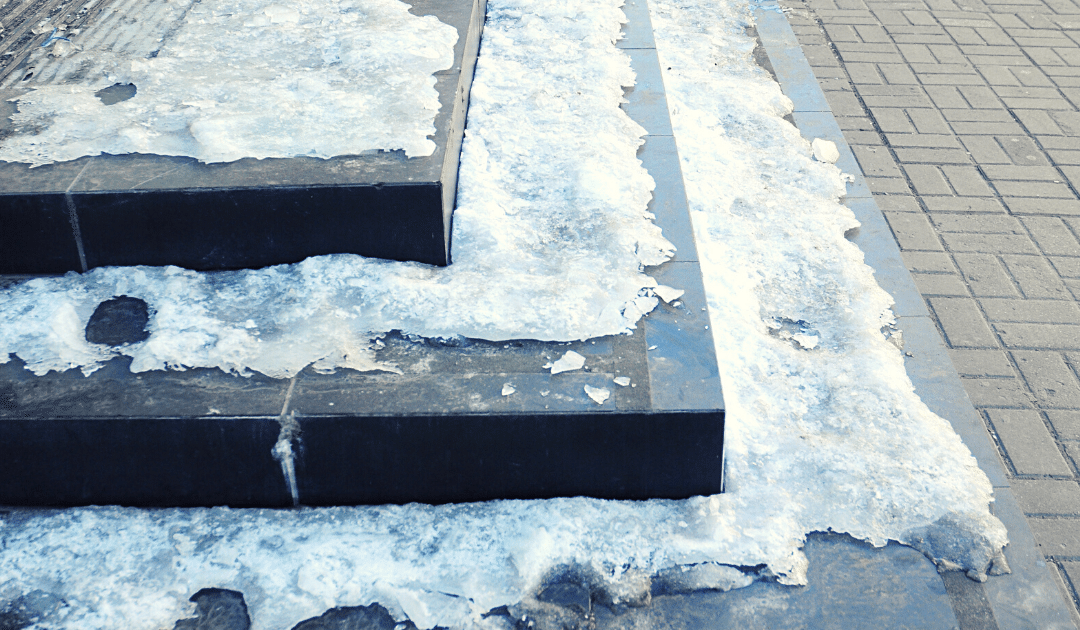
by California Casualty | Homeowners Insurance Info, Safety |
With cold weather comes extra hazards. Be on the lookout for these six common ones, so you can avoid injury, accidents, and damage to your home.
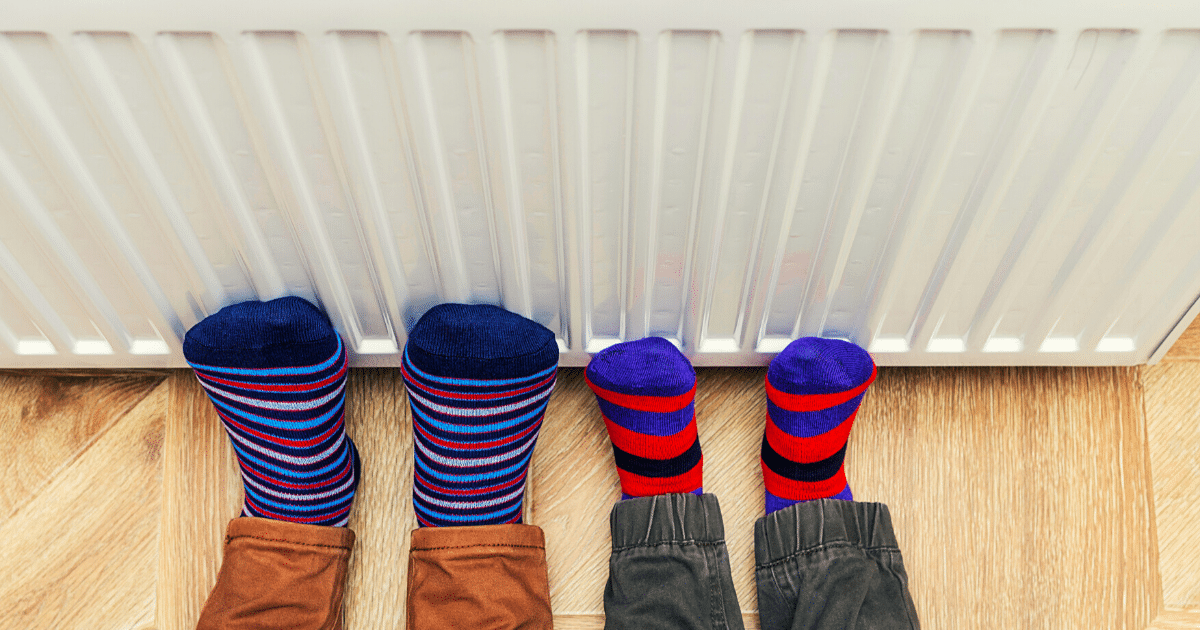
1. Unsafe Heaters and Furnaces
Make sure your heating system has been inspected by a professional (ideally well before winter arrives). This will ensure that it’s prepped for the hard work of heating your home through frigid temps and doesn’t break mid-season, leaving you scrambling for repairs. Here’s how you can keep it in working order:
-
- Wipe it down regularly to get rid of dust and debris; you can also gently vacuum it with a nozzle/brush attachment.
- Clean vents and adjust dampers in all rooms.
- Replace dirty filters as needed.
- Listen and watch for strange sounds or behavior. Do a visual check from time to time for frayed wires or other damage (pests can attack without your knowledge!).
- If you have a furnace, be sure to check the pilot light regularly (follow manufacturer’s instructions).
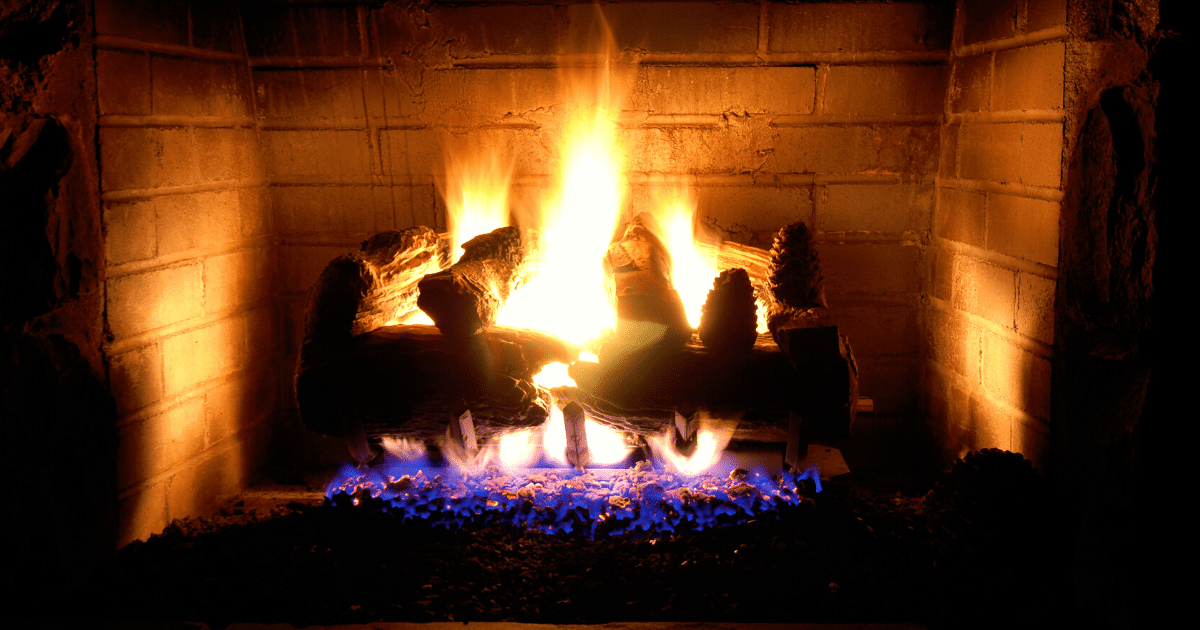
2. Fireplace Hazards
Like your heating system, your chimney, flue, and supporting structures need an annual inspection (and possible cleaning). Schedule inspections at the same time for an easy maintenance routine. Besides inspections, be sure to:
-
- Clean out ash after every fire – excess ash can reduce airflow and make your next fire dangerous.
- Never leave a fire unattended, and always make sure it’s completely extinguished before leaving it for the night.
- Use a fire screen for extra protection and consider fireplace doors if appropriate.
- Check your smoke and carbon monoxide alarms to make sure they’re working properly.
- For more indoor fire safety tips, check out our blog post.
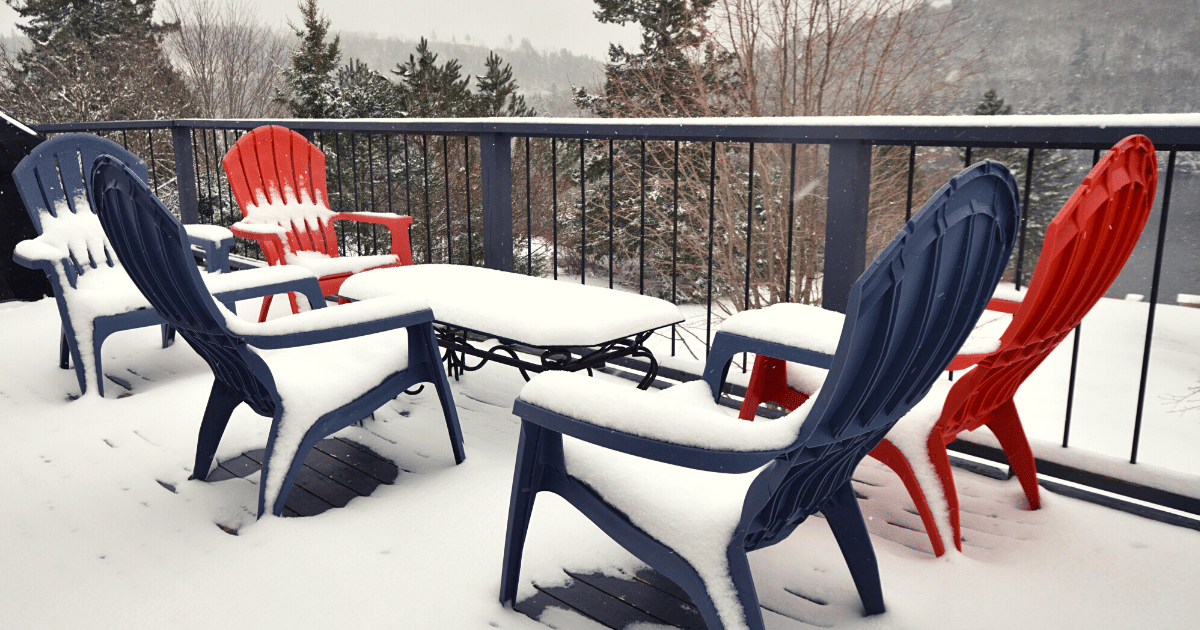
3. Porch and Deck Safety
The areas immediately surrounding your home and entrances pose a special risk for slips, falls, and other injuries resulting from ice. Protect yourself, your family, and any visitors with these precautions.
-
- Remove snow from decks, walkways, porches, and your driveway as soon as possible to prevent a melt-and-refreeze cycle (i.e. black ice).
- Consider slip-resistant finishes and coatings, deck strips, or even mats in high-traffic areas.
- Make sure handrails are secure and in good working order to provide stability when stairs are slick.
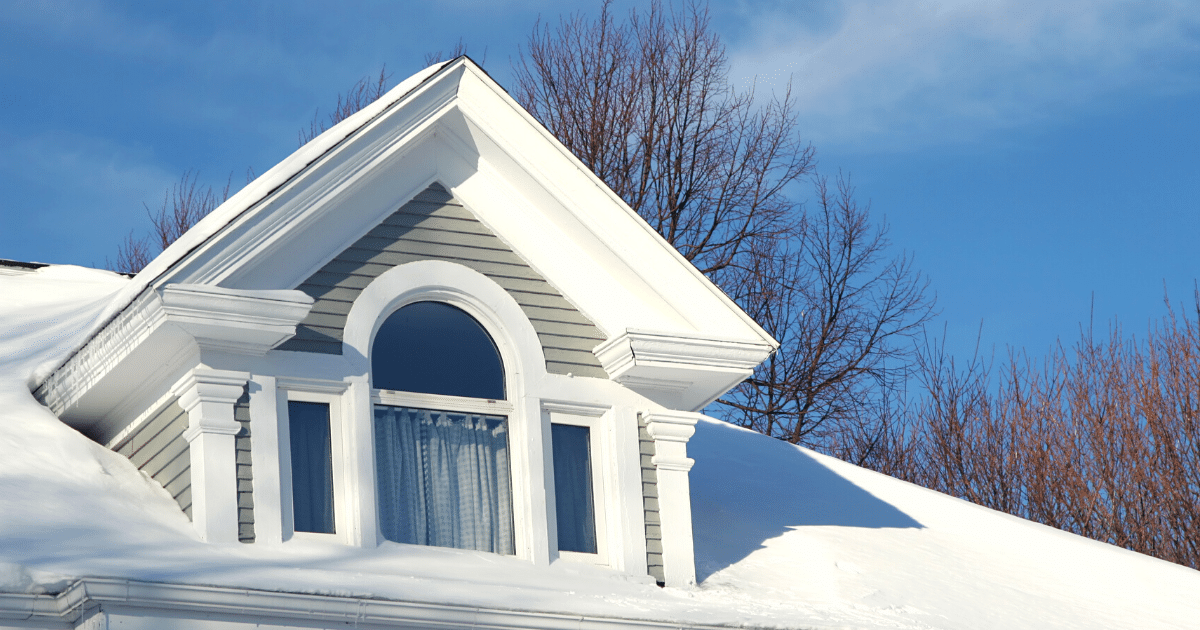
4. Gutters and Roofs
Following a theme from earlier on, it’s imperative to get your roof inspected annually so that you become aware of any problems and can get repairs done before winter sets in. Then, throughout the season:
-
- Keep gutters cleared out so that water goes down the spout where it’s supposed to, rather than finding other cracks or crannies to get into.
- If you live in a snowy area, clean gutters can also help prevent ice dams from forming and causing costly damage.
- Remove snow from your roof regularly with a roof rake.
- Use that same rake to remove any icicles that have formed.

5. Power Outage Prep
Snowstorms and freezes can easily take out power lines, leaving you in the cold and dark. Have your emergency plan and power back-up ready in case you need it. Additionally:
-
- Have a two-way radio for news concerning the outage (make sure it’s solar-powered, uses batteries, or is hand-crank).
- Have a hand-crank or solar-powered cellphone charger so you can keep in touch with family, neighbors, and friends.
- Invest in a generator, and always have flashlights, lanterns, and extra batteries on hand.
- If you don’t have an emergency kit or plan for your family, make one today.
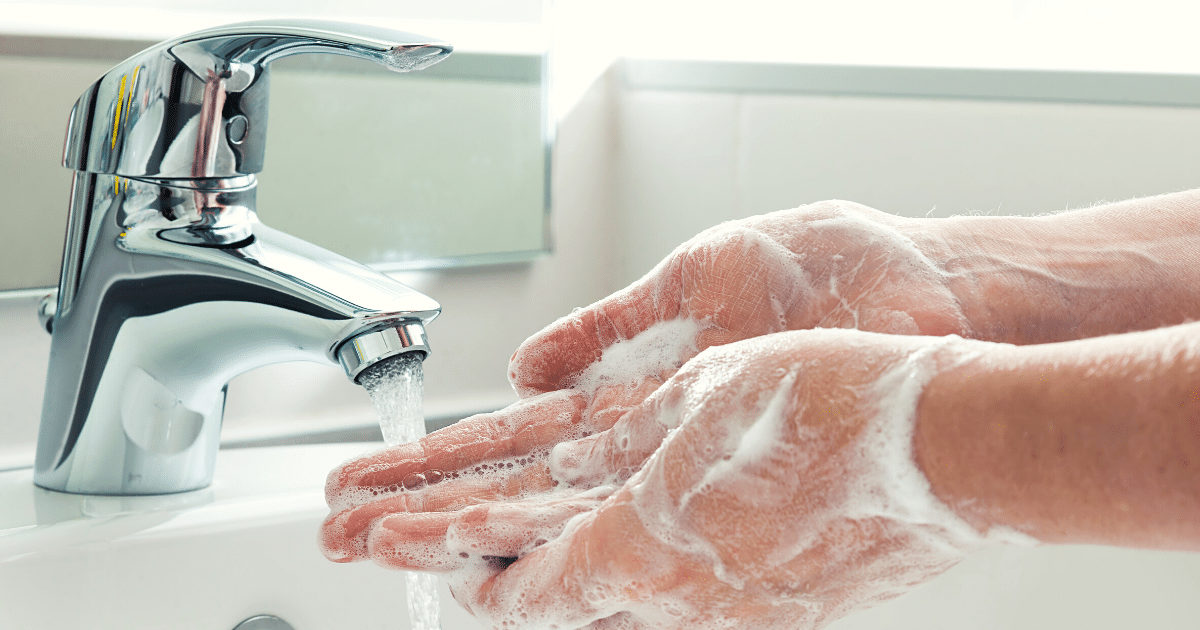
6. Germ Safety
Illnesses, including the flu, coronavirus, and others surge during winter months because we’re usually indoors and in close proximity to others. Be sure to stick to the routine precautions for COVID-19 prevention – including mask-wearing, frequent handwashing, and social distancing – to keep yourself and your family safe. Pandemic fatigue is real, but sticking to the guidelines will keep us all – including our nurses, doctors, and other health care workers – healthy until a vaccine is available.
Many times, making sure your home is prepped for winter hazards means thinking ahead in summer and fall. Keeping up with your yearly inspections can uncover problems with chimneys, heating systems, and your roof that could cause major headaches and damage right when the thermometer is plunging. Taking actions early – and keeping an eye out year-round – will give you peace of mind during the winter so you and your family can enjoy a cozy, serene and safe home.
This article is furnished by California Casualty, providing auto and home insurance to educators, law enforcement officers, firefighters, and nurses. Get a quote at 1.866.704.8614 or www.calcas.com.
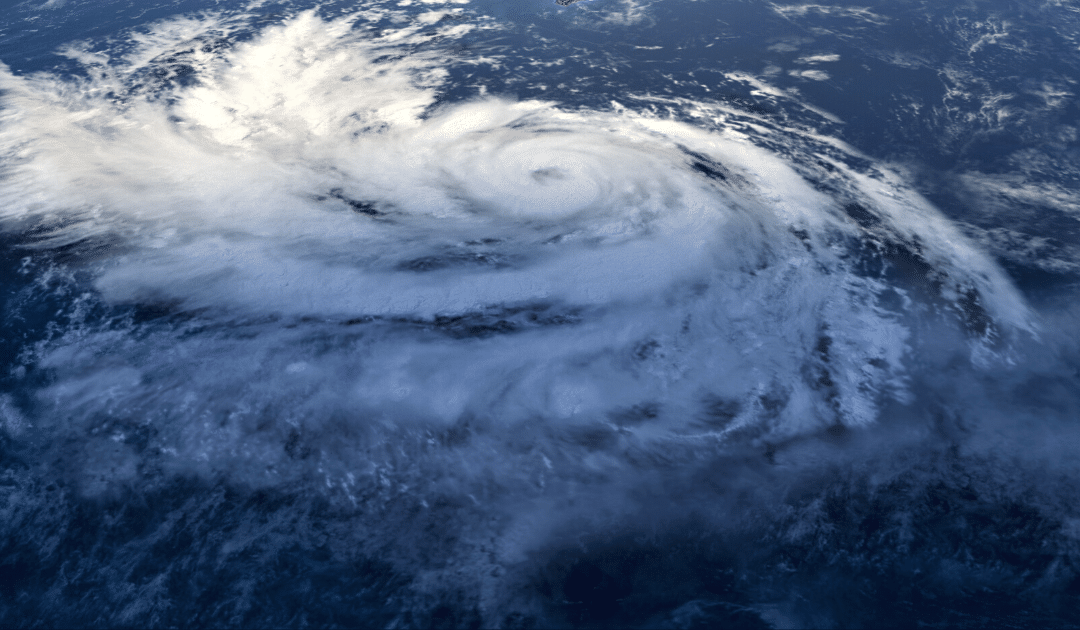
by California Casualty | Safety |
Do you know the difference between a Category 2 and 3 hurricane? Do you know why a 5 is so bad? Are you clear on what safety precautions you’d need to take when expecting a Category 2 versus a 4?
Read on to better understand what the 5 hurricane categories really mean and what impacts each can bring to your home and community. Understanding the details will help you think through how to better prepare for hurricane season.
It’s All About the Wind Speed
The category numbers — 1 through 5 — come from the Saffir-Simpson Hurricane Wind Scale. Meteorologists rely on this scale to better understand a hurricane’s expected magnitude and predict the damage that will come when the storm makes landfall.
Ratings focus on sustained wind speed for the simple fact that with higher wind speeds come more damage — not only direct wind damage but also storm surges, rain-induced flooding, tornadoes, and more.

-
- Wind speeds: 74-95 mph
- Danger level: Very dangerous winds will produce some damage.
- Threat to homes, structures, and property: Winds can damage roof, shingles, siding, and gutters on well-built framed homes. Trees may topple and branches snap off. Protected glass windows generally remain intact.
- Community impacts: Potential damage to power lines and poles, leading to short-term power outages.
- Take note: Injuries to people and animals are limited and typically come from flying debris.

-
- Wind speeds: 96-110 mph
- Danger level: Extremely dangerous winds will cause extensive damage.
- Threat to homes, structures, and property: Framed homes susceptible to major roof and siding damage.
- Community impacts: Near-total power loss expected with outages lasting days to weeks. Significant structural damage to mobile homes, apartment buildings, and shopping centers. Flooding of low-lying areas is possible.
- Take note: Stock up on filtration systems for potable water.

-
- Wind speeds: 111-129 mph
- Danger level: Devastating damage will occur.
- Threat to homes, structures, and property: Major damage and/or removal of roof decking and gables possible on well-built framed homes. Mobile homes and poorly constructed homes are often destroyed. Many trees will be uprooted or snapped, blocking roadways.
- Community impacts: Water and electricity unavailable for days to weeks after the storm passes. Extensive inland flooding is possible.
- Take note: Make sure to be well-stocked with food and water if you choose not to evacuate.

-
- Wind speeds: 130-156 mph
- Danger level: Catastrophic damage will occur.
- Threat to homes, structures, and property: Well-built framed houses subject to severe damage, including loss of most of the roof and/or some exterior walls. Shopping centers and apartments also typically sustain severe structural damage.
- Community impacts: Power outages will last weeks to months. Neighborhoods in the strike zone will be uninhabitable for weeks or months.
- Take note: Sheltering in place is typically not recommended, but if you do, ensure you have a good supply of food, water, medications, etc.

-
- Wind speeds: 157 mph or higher
- Danger level: Catastrophic damage will occur.
- Threat to homes, structures, and property: Complete or almost-total destruction of framed homes, mobile homes, shopping centers, apartments, and commercial buildings.
- Community impacts: Nearly all trees will be snapped or uprooted, with many becoming airborne and acting as projectiles. Long-term water shortages should be expected, as well as a very long time to rebuild the community. The area will be uninhabitable for weeks or months.
- Take note: You should not be anywhere near this storm. Evacuate well ahead of time.
As with any natural disaster or extreme weather event, make sure you stay informed via local news and weather alerts. Listen for and follow evacuation orders.
Read our guides on how to prepare for hurricane season, pack an emergency kit, and what to do after a natural disaster.
Finally, remember that although the best hurricane preparations come well before hurricane season itself, it’s never too late to get informed and prepared.
This article is furnished by California Casualty, providing auto and home insurance to educators, law enforcement officers, firefighters, and nurses. Get a quote at 1.866.704.8614 or www.calcas.com.
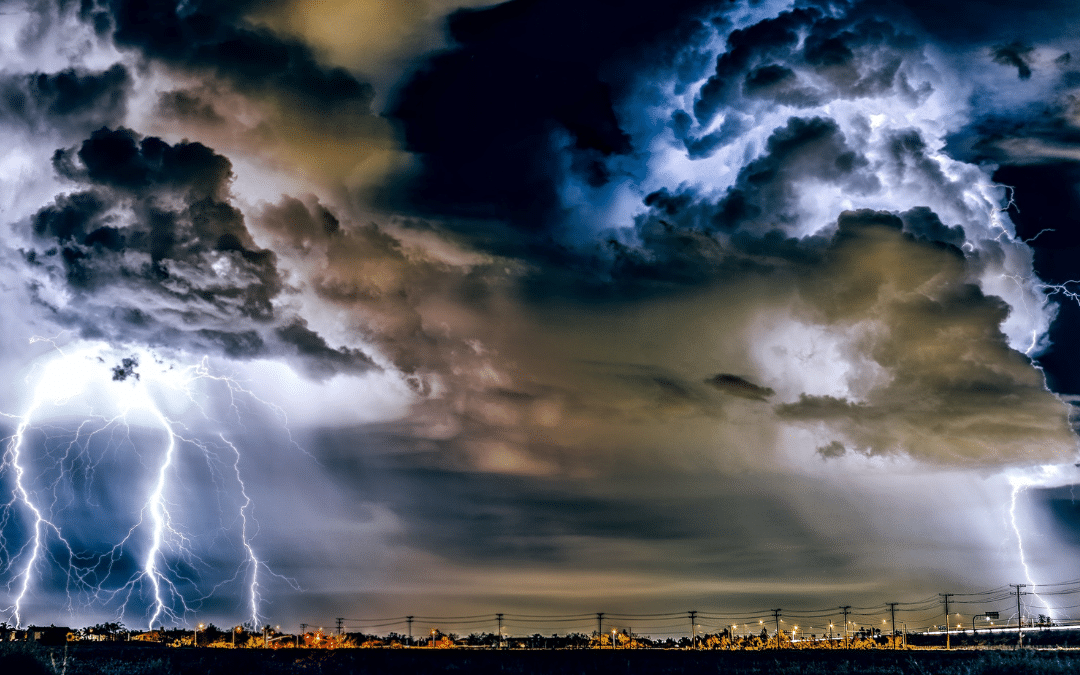
by California Casualty | Homeowners Insurance Info, Safety |
Unpredictable weather is a trademark of spring: 73° and deliciously sunny one day, 41°, and sideways rain the next.
Fluctuating weather during this time of year also plays a major factor in the development of severe spring storms. However, with the right preparation, you can be sure that your home and family are ready to withstand the worst of it.
Follow these preparation tips to be sure you are spring storm-ready.
Be Weather Aware — You can sign up for a number of free weather alert services provided by national or local agencies, weather channels, and power companies. Usually, alerts come to your phone via text message or app, but many have multiple delivery methods. And remember, radio is the old standby, especially in a power outage (so set your emergency radio to the correct station ahead of time).
Trim the Trees — Trim low-hanging limbs, as well as any branches hanging near your home or power lines that could snap off in high winds and cause damage.
Free Your Gutters — Remove leaves and other debris from gutters, drains, and downspouts (best done each spring and fall). This ensures that any deluge of rainwater is quickly diverted away from your home and foundation rather than potentially flooding it. Take the opportunity to check gutters for leaks, damage, and sagging; also make sure they’re securely attached.
Check the Sump Pump — If you haven’t had to deal with a flooded basement, thanks are due to your hardworking sump pump. To keep it in good working order, test it a few times a year, including before spring storms. Clear any debris and make sure it’s working and draining properly. Consider adding a battery-powered back-up pump, or a standby generator, in case of power outages.
Get Ahead of Leaks — Leaks are sneaky … and can cause damage quickly. If you’ve had any leaks in the past, now’s the time to seal them up—before the big rains start. Also do a preventive check on your doors’ and windows’ sealing (inside and outside), as well as in the garage and basement, then fix any gaps or cracks.
Secure Items — By the time the wind is bending trees, it’s too late to worry about securing items in your yard. As soon as storms are forecast, bring items like patio furniture into the garage (or secure them in place outside). Anything that can become a projectile should be moved inside. Also close and secure shutters around your home. Drawing interior blinds and shades provide yet another layer of protection against flying debris and broken glass.
Get Your Plans in Place — When the storms roll in, you’ll be glad you made plans ahead of time.
-
- Storm Safety Plan — Create a safety plan with your family, and make sure everyone understands it and is on board. This would cover things like shelter-in-place locations in the home, evacuation routes, communication protocols if you’re separated, and a plan for your pets.
- Emergency Kit — Regularly check your kit and add, replace or discard items as needed. See our checklist here for a full emergency kit inventory. At the very least, prepare the following for storms: first aid supplies, flashlights with new batteries, two gallons of water per person, a hand-crank or battery-powered radio, a three-day supply of non-perishable food for your family and pets, and a two-month supply of any necessary medications.
- Be Ready for a Power Outage — Are you ready for a few days of no power? Charge all phones and electronic devices ahead of time. Make sure your generator is operational and ready to go. Fill your car’s gas tank (and some cans for your generator). For more tips, check out our power outage safety hacks. Finally, remember to use surge protectors when the power is being restored.
As the saying goes, “An ounce of prevention is worth a pound of cure.” When it comes to safeguarding your home, the steps above can go a long way toward preventing costly damage, headache, and hassle. And there’s no time like the present to start!
This article is furnished by California Casualty, providing auto and home insurance to educators, law enforcement officers, firefighters, and nurses. Get a quote at 1.866.704.8614 or www.calcas.com.
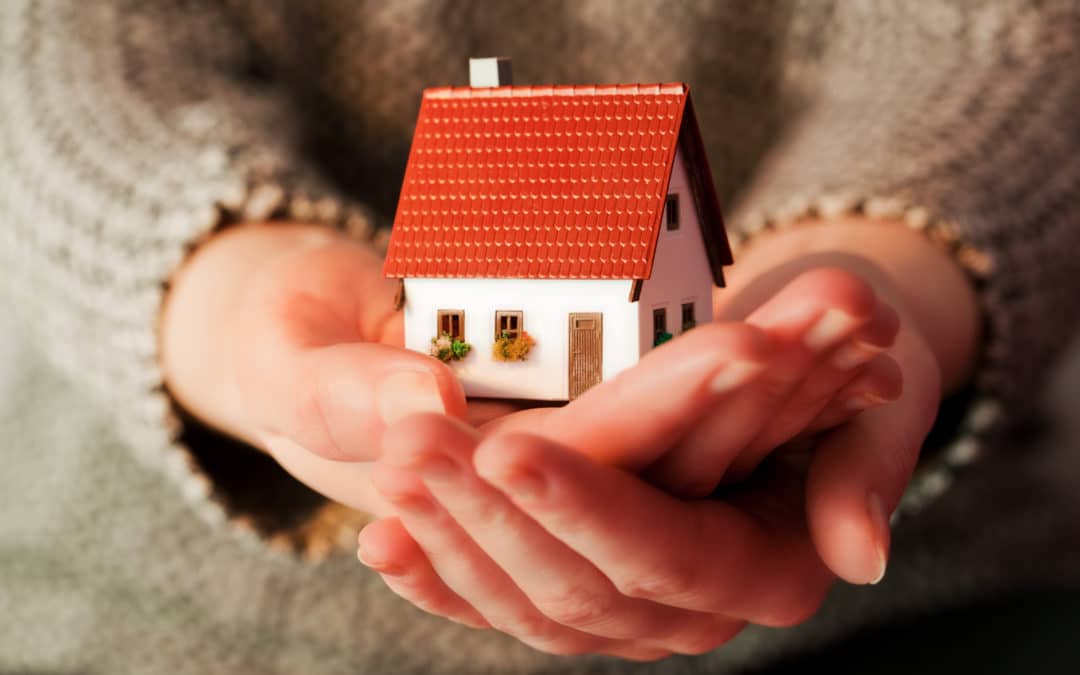
by California Casualty | Homeowners Insurance Info |
You may believe that everything in or around your home is covered by your homeowner’s policy, but that may not be the case. Sure home insurance will help you rebuild if there’s a fire, tornado. or a tree falls onto your home, but are you aware of what your...
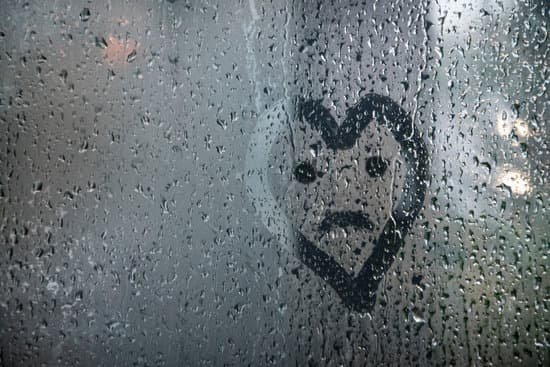
by California Casualty | Homeowners Insurance Info |
The summer storm season is here. There has been record flooding, a rash of tornadoes, and an increase of insurance claims due to hail in many areas of the country. The National Oceanic Atmospheric Administration (NOAA) estimates that hail causes $1 billion dollars in damage to property and crops every year, and the combination of wind, hail, and flood account for over $16 billion in insured damage. Severe weather losses have risen dramatically in the past few years due to increased repair costs and the severity of the storms.
Are you prepared? A major storm is no time to find your possessions are below the water line or you have nothing to cover your windows if they should be blown or broken out. Here are things you can do now:
- Survey your property for flood potential, levees, etc.
- Make sure trees on your property are healthy and properly trimmed
- Check and clean gutters and downspouts
- Have your roof inspected to make sure it is still waterproof and will shed excess rain
- Install a sump pump in basements ( many experts recommend a second battery-powered sump pump in case of excess water or if there’s a power outage)
- Install shutters to protect your home from high winds and hail
- If you don’t have shutters, make sure you have boards 5/8 exterior grade or marine plywood to cover windows and doors
- Make sure you have flood and sewage backup coverage
- If possible, park your vehicle in a covered spot or in a garage
- Purchase a hail-resistant cover for your vehicle
- Complete a home inventory
- Prepare an evacuation kit
- Know safe evacuation routes and have a family communication plan if you get separated
Before the next storm hits, it’s important to make sure you have the proper insurance and understand what is and is not covered. Here are things you need to know:
- Most homeowners insurance does not cover the flooding from high water. Separate flood insurance needs to be purchased.
- Most homeowners insurance covers hail, wind and lightning damage to your property, often with a deductible that you pay first.
- You must have comprehensive coverage on your auto insurance policy to cover your vehicle from hail, flood, or damage from falling trees or limbs. It also usually comes with a deductible.
Here is what you should do if you suspect your home or car has suffered storm damage:
- Document the time, date and severity of the storm
- Contact your insurance company
- Work only with licensed contractors for repairs and check with the Better Business Bureau to prevent fraud
This article is furnished by California Casualty, providing auto and home insurance to educators, law enforcement officers, firefighters, and nurses. Get a quote at 1.866.704.8614 or www.calcas.com.
















